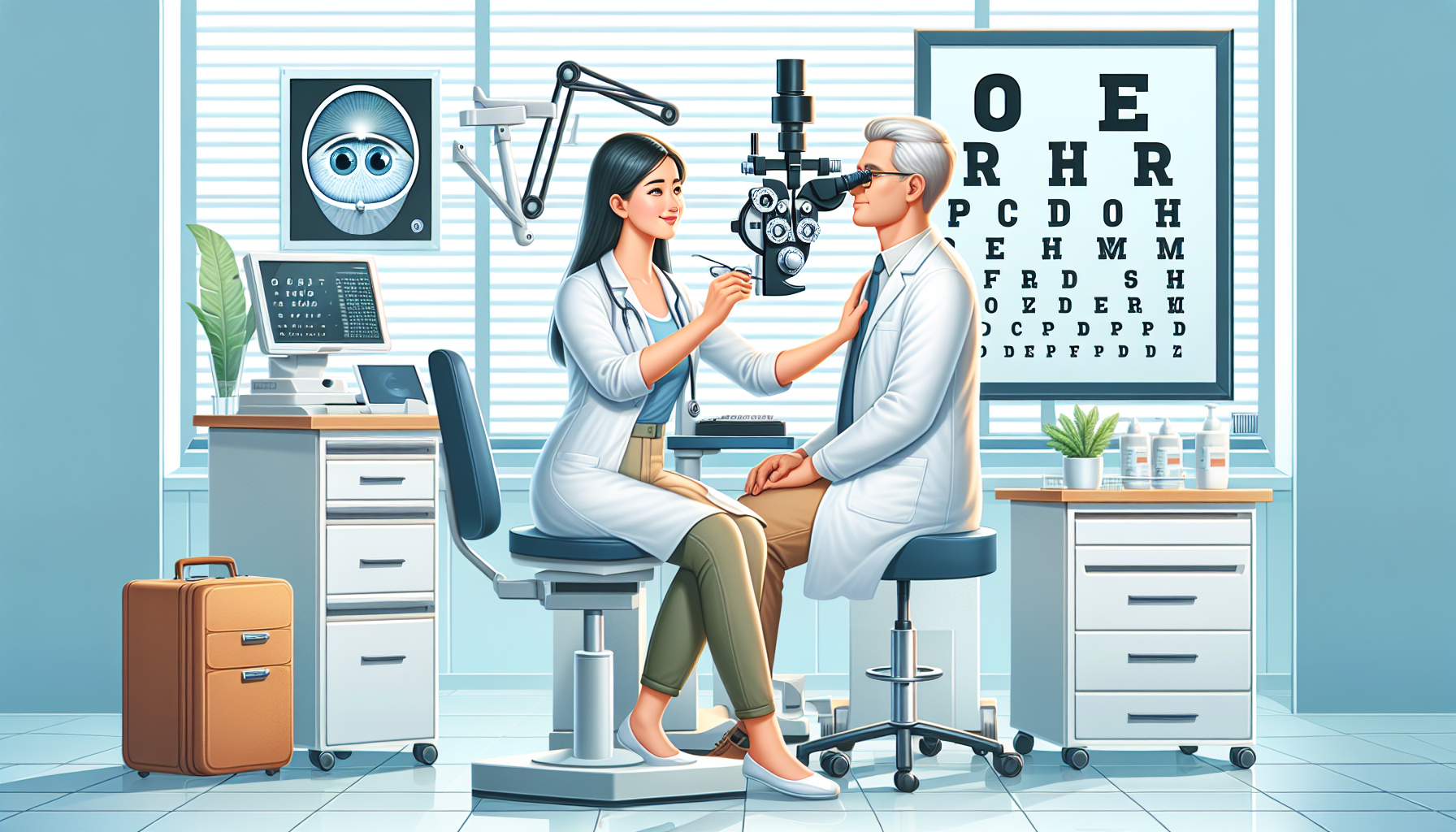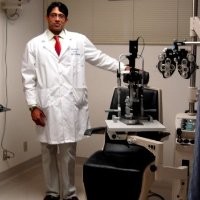At the 2024 Annual Meeting of the American Society of Retina Specialists held in Stockholm, two significant presentations focused on the impact of social determinants of health (SDoH) on retinal care. SDoH, a term encompassing the various conditions in which individuals live, work, and engage in recreational activities, have been identified as critical influencers of health behaviours and outcomes. These determinants also encompass broader societal structures and economic systems that shape our daily lives.
One of these presentations spotlighted rhegmatogenous retinal detachment (RRD), a condition that can significantly affect vision. Dr Sally Ong’s discussion explored the correlation between socioeconomic characteristics at both individual and neighborhood levels with the severity of vision loss and foveal status (a part of the eye crucial for sharp vision) at the time of presentation in patients with RRD.
Certain factors like the preoperative condition of the eye, surgical procedures adopted, and recovery phase characteristics are known to influence visual outcomes following RRD repair. However, what is noteworthy is that the most reliable predictors of final visual acuity remain the baseline visual acuity and the foveal status at the time of presentation, as emphasized by Dr. Ong.
Interestingly, while SDoH’s role in shaping visual outcomes in conditions like glaucoma, cataracts, diabetic retinopathy, and macular degeneration is well recognized, their influence on RRD is relatively unexplored. Therefore, Dr. Ong and her team led a retrospective study to understand this correlation better. The study involved a detailed evaluation of the association between various neighborhood-level SDoH indicators and the baseline severity of primary RRD in 700 patients who underwent RRD repair procedures at the Wilmer Eye Institute between 2008 and 2018.
The study found that worse visual acuity is significantly associated with older age, non-Hispanic Black race, and the presence of public or no insurance compared to private insurance. Moreover, factors like a higher Area Deprivation Index score (indicating greater socioeconomic deprivation) and a higher percentage of workers driving to work instead of using public transportation were closely associated with worse vision and foveal-involving RRD.
Another highlight of the meeting was Dr. Cindy Cai’s presentation on how SDoH impacts eye care utilization among people with diabetes. Utilizing data from the National Health Interview Survey sample population of 20,807 adults with self-reported diabetes, the study found that only 57% of patients reported eye care utilization in the preceding 12 months. Factors such as lack of health insurance, lower education levels, food insecurity, and low family income were associated with no eye care utilization.
In conclusion, it’s clear that adverse SDoH in aggregate lead to decreased eye care utilization. Therefore, a comprehensive evaluation and addressing of these multidimensional adverse SDoH could potentially enhance eye care utilization and prevent vision loss in vulnerable populations.


Comments are closed for this post.